It shouldn’t come as a surprise that health and safety are of paramount importance in any hospital or healthcare facility. But what might surprise you is the role that seemingly inconsequential things can play in improving health and safety standards. Take paint, for example - it’s absolutely fundamental in creating a calming and comforting atmosphere in hospitals and healthcare facilities. But did you know that the right kind of paint job can actually improve hospital safety?
From ensuring the right hygienic and anti-microbial coatings are used the right way through to creating clear signposting and traffic management, paint is extremely important.
Improve hygiene
Certain coatings, such as epoxy or polyurethane can be a huge benefit as they can withstand hot water cleaning and intense scrubbing. Why does this help improve hospital safety? One word - hygiene.
The fact is, if left untreated, hospital walls can easily become a hotbed for infection. And hospital walls could be contributing to the spread of these infections due to the growth of mould, fungi and bacteria.
Thankfully, there are things that you can do to combat this issue. The development of antimicrobial paint has helped revolutionise the healthcare industry. In fact, it can protect your hospital walls for up to 7 years from health hazards like mould growth. As more and more hospitals around the country look to refresh or renovate their paint jobs, they are taking advantage of this product. Paint that utilises MicroBan technology has been proven to prohibit the growth of many harmful bacteria and can have a huge impact in limiting the spread of harmful infections.
Of course, there are many considerations when it comes to improving hospital safety, but ensuring you take the time to use the right paint products on your walls and surfaces is just as vital a consideration as anything else. In a world where hygiene has become top-of-mind for everyone, the right paint job can really make a difference.
Improve navigation
Hospitals can often feel like challenging places to navigate, but thankfully, the right paint job can have an impact. By colour-coding the various departments in a hospital or healthcare facility, you can create an easy-to-follow visual guide to help people get around. Painting lines on walls can help direct people where they need to go quicker and easier, meaning less time spent trying to figure out where they should be. Managing traffic in this way can really impact the number of accidents caused by people rushing around in areas they are not supposed to be.
But it’s more than that - paint can also be used to signpost things like pathways and even clearways for emergencies. Having clear indications like these can help keep vital areas clear for the people that need them most. In a world recently dominated by the COVID-19 pandemic, having colour-coded areas where things like PPE and other specific safety equipment can be easily found is also a massive factor.
Reduce slippage risks
It’s one thing to choose the right colours and make sure everything is clearly signposted, but that’s really only half the job. Hand in hand with this is the importance of choosing the right type of coating for those surface areas. This is particularly true of things like floor surfaces, where you need to ensure that you are minimising any risk of an accident. For example, choosing a coating that is less likely to cause slippages or create issues for wheeling beds around the corridors is absolutely essential.
Do you find it challenging to plan and schedule painting and maintenance work while minimising disruptions and safety risks to staff and patients? Featuring two expert interviews and four case studies, our Guide to Healthcare Facility Maintenance & Painting will help you through your next project. Download it today.
Higgins Coatings, an ISO tri-certified accredited painting contractor, offers painting services for many of Australia's hospital and healthcare facilities. Our team takes safety, quality, and delivering work on time and within budget as seriously as you do. Contact us today for a consultation.
Recent Posts
-
The cost-effective solution
Dhananjay Kapoor07 Oct 2025 at 10:10 PM -
Why schools are choosing floor rejuvenation
Dhananjay Kapoor07 Oct 2025 at 10:09 PM -
Why leading schools choose Higgins for floor rejuvenation
Dhananjay Kapoor07 Oct 2025 at 10:09 PM -
Floor rejuvenation in action
Dhananjay Kapoor07 Oct 2025 at 01:53 AM -
Top trends affecting the value of commercial property in Australia
Higgins Coatings01 Jul 2025 at 01:30 AM -
Your guide to budgeting for commercial building painting
Higgins Coatings23 Jun 2025 at 11:15 PM -
Painting apartment exteriors: Best practices
Brendan Childs02 Mar 2025 at 10:00 PM -
Strata painter: 7 key considerations for hiring
Narell Majic02 Feb 2025 at 10:00 PM -
How to find good tradespeople you can always rely on
Sam McHugh08 Jan 2025 at 10:00 PM









